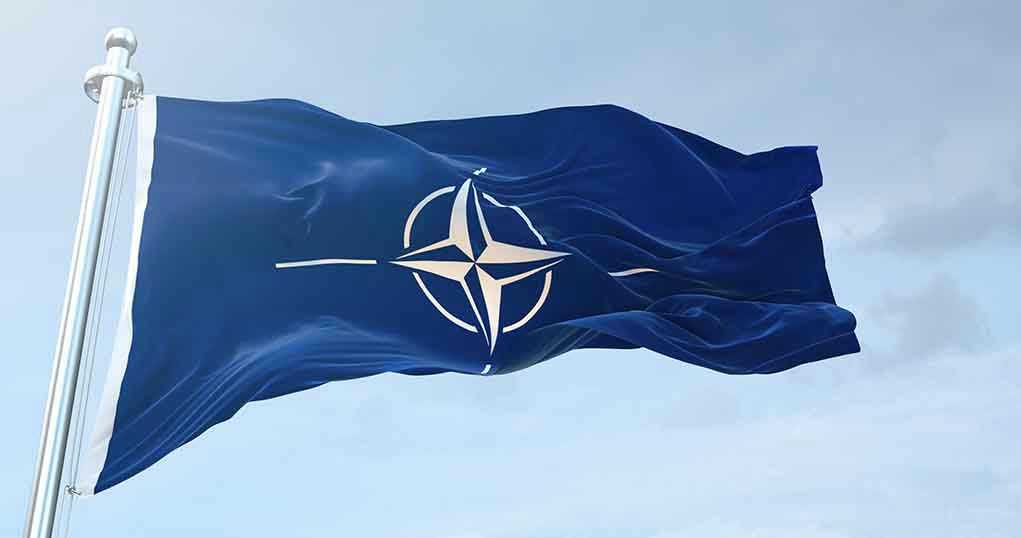
As Russian missiles and drones rain down on Ukraine in the biggest attack of the war, NATO scrambles its warplanes—reminding the world how quickly chaos on the other side of the globe could land right on our doorstep.
At a Glance
- Russia unleashed the largest drone and missile assault on Ukraine since the war began, firing 741 weapons in a single night.
- NATO scrambled fighter jets in Polish airspace as Russian strikes came dangerously close to alliance territory.
- Ukraine’s air defenses, heavily reliant on U.S. and Western aid, intercepted the majority but not all incoming threats.
- The escalation comes amid new U.S. weapons promises and failed peace talks, stoking fears of wider conflict and demanding more Western support.
Putin’s Blitz: War Comes to NATO’s Doorstep
Vladimir Putin’s latest move makes it perfectly clear: the days of limited war are over, and Europe’s security is officially on borrowed time. On the night of July 8th into the 9th, Russia launched an unprecedented 741 drones and missiles at Ukraine, aiming for both military and civilian targets across the country. The barrage marked the single largest aerial attack since the invasion began more than three years ago, shattering not only Ukrainian infrastructure but whatever remained of the West’s comforting delusions about the conflict staying “over there.”
Missiles screamed over the western city of Lutsk, leaving devastation in their wake, while other salvos targeted Kyiv, Kharkiv, and Dnipropetrovsk. The scale of the attack left Ukraine’s air defense systems—largely provided by the U.S. and NATO—struggling to keep up. According to Ukrainian officials, their forces managed to shoot down 711 drones and intercept several missiles, but some got through, causing damage in at least ten regions. All this as the U.S. announced fresh weapons shipments, and NATO warplanes roared into Polish skies to make sure Russian “strays” didn’t unleash the next world war by accident.
NATO on Edge, White House in Reverse, and Ukraine Hanging On
For anyone still clinging to the fantasy that this is a “regional” conflict, the latest escalation should be a bucket of cold water. Poland, a NATO member, scrambled its jets as Russian attacks edged dangerously close to alliance territory. Meanwhile, President Zelenskyy of Ukraine called for punishing new sanctions on Russian oil and demanded secondary sanctions to hit the wallets of anyone funding Putin’s war machine. He’s right about one thing: as long as the ruble keeps flowing, Moscow’s missile factories won’t run dry.
Across the Atlantic, President Trump—after months of hemming and hawing—has reversed course and pledged to resume weapons deliveries to Ukraine. It’s a move that should have come months ago, as any delay in support only emboldens Moscow and puts Ukraine’s survival at risk. The Ukrainian military remains on the ropes, relying on Western-supplied Patriot missiles and other advanced systems. When those run out, what’s left? Slingshots and speeches? If the West wants to avoid a repeat of history’s greatest blunders, it needs to wake up fast.
Escalation Risks, Western Resolve, and the Real Cost of Inaction
The July 9th assault is just the latest in a terrifying trend. June saw a record 5,438 drones and 239 missiles launched by Russia, with each attack pushing Ukraine’s defense lines closer to collapse. The use of Iranian-made Shahed drones and advanced Russian hypersonic missiles is designed to overwhelm air defenses, exhaust Western stockpiles, and force Ukraine (and its backers) to the negotiating table on Moscow’s terms.
Military analysts warn that if the current pace continues, the West’s ability to keep Ukraine in the fight will be stretched to the breaking point. And what then? If Putin senses weakness, he’ll push further—maybe right over NATO’s red lines. The risk of a miscalculation or a stray missile crossing into alliance territory is no longer theoretical. It’s the new reality, and one that calls for serious, sustained investment in deterrence and defense. The alternative is to watch as cities burn, borders collapse, and yet another generation pays the price for the West’s hesitation.












